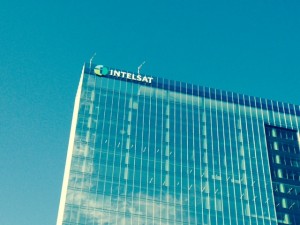
After more than 40 years of operation, DTVE is closing its doors and our website will no longer be updated daily. Thank you for all of your support.
Over-capacity and changing market hits Intelsat
 Pricing pressure fed by capacity over-supply and an ongoing decline in point-to-point and US government business contributed to another tough quarter for Intelsat in the three months to September.
Pricing pressure fed by capacity over-supply and an ongoing decline in point-to-point and US government business contributed to another tough quarter for Intelsat in the three months to September.
The satellite operator posted revenues of US$543 million (€494 million), down 7% year-on-year, and adjusted EBITDA of US$405 million, down 12%.
Media revenue was flat in the third quarter at about US$217 million, with new revenue from Intelsat 31 being partially offset by declines in business outside North America. Intelsat expects growth in the media business is expected to come from the commercialisation of two new DTH satellites – Intelsat 31, which entered service in July, and Intelsat 36, which entered service in September and will support South African pay TV operator MultiChoice’s growth at the 68.5° East position.
Intelsat said it had set a number of operational priorities to return to growth. It will focus on providing infruastructure to its current media, network services and government customers with a renewed emphasis on services and technology innovation to increase revenue. Growth applications in the traditional markets identified by Intelsat include enterprise broadband, the Internet of things and commercial aeronautical and maritime mobility.
The operator said it would continue to build its next-generation EPIC fleet of high-throughput satellites, with Intelsat 33e expected to enter service in the first quarter of next year and Intelsat 32e scheduled to launch from French Guiana, also in the first quarter. Another new satellite, Intelsat 35e, is now scheduled to launch in the second quarter on a SpaceX Falcon launcher.


